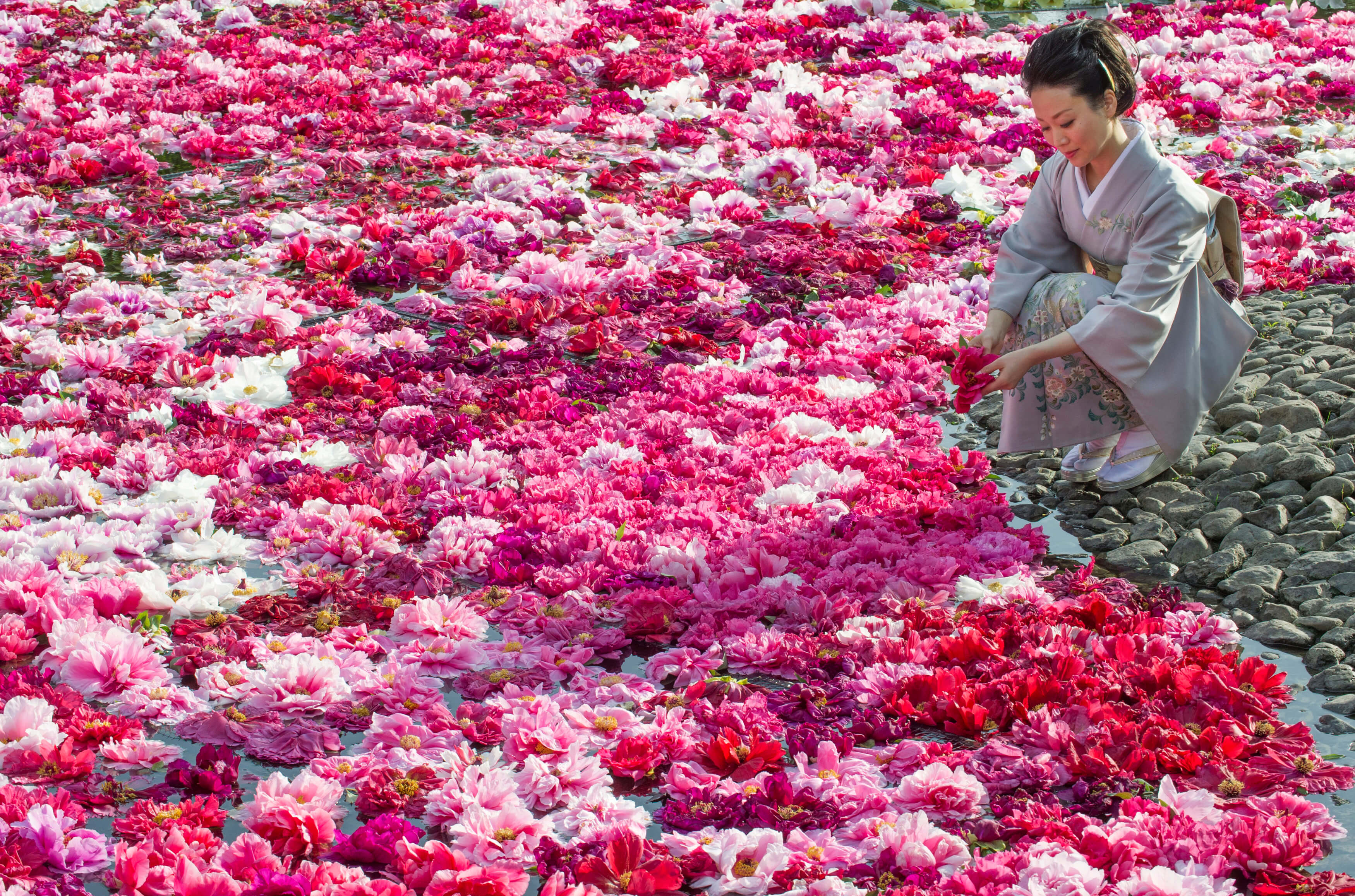
Mary Gardens
During medieval times, many flowers were devotionally named as symbols of the life, virtues and mysteries of the Blessed Virgin Mary. These names were circulated in oral tradition but often omitted from early gardening books. Later, botanists and folklorists began to record the devotional names. Today many people have adopted the custom of growing some of these flowers together in what is known as a Mary Garden.
A Mary Garden can be grown in a patio container, a specially devoted garden space, or you can add a few Mary flowers to an existing garden bed.
John S. Stokes Jr. is considered the founder of the modern-day Mary Garden movement. He donated his extensive research to the Marian Library at the University of Dayton; you can search it at udayton.edu/mary.
Send photos of your Mary Garden to outreach@vermontcatholic.org or tag @DioBurlington on Facebook and Instagram to be featured on Roman Catholic Diocese of Burlington social media accounts this summer.
Cornflower: Mary’s Crown
Forget-me-not: Eyes of Mary
Impatiens: Mother Love
Larkspur: Mary’s Tears
Marigold: Mary’s Gold
Morning Glory: Our Lady’s Mantle
Petunia: Our Lady’s Praises
Poppy: Christ’s Blood
Snapdragon: Infant Jesus’ Shoes
Sweet Alyssum: Flower of the Cross
Sweet Scabious: Mary’s Pincushion
Zinnia: The Virgin
Baby’s Breath: Our Lady’s Veil
Black-eyed Susan: Golden Jerusalem
Bleeding Heart: Mary’s Heart
Columbine: Our Lady’s Shoes
Dahlia: Church Flower
Daisy: Mary-Love
Dandelion: Mary’s Bitter Sorrows
Iris: Mary’s Sword of Sorrow
Madonna Lily: Annunciation Lily
Pansy: Our Lady’s Delight
Peony: Pentecost Rose
Poppy: Christ’s Blood Drops
Sunflower: Mary’s Gold
Violet: Our Lady’s Modesty
—Originally published in the Summer 2019 issue of Vermont Catholic magazine.

